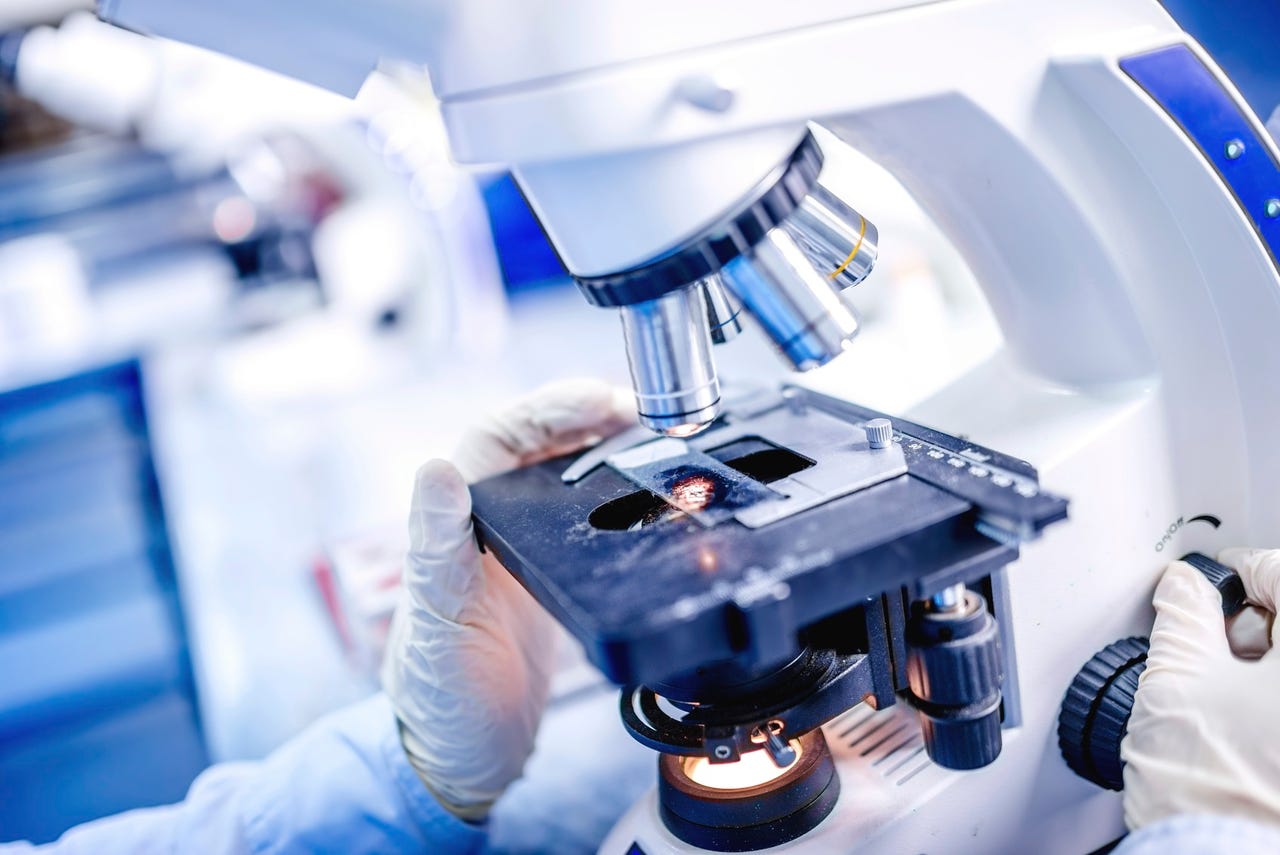Nobel prize in chemistry goes to inventors of world's smallest machines


The 2016 Nobel Prize in Chemistry has been awarded to three scientists for their contributions to creating the world's smallest machine, which is 1,000 times smaller than a single strand of human hair. While this molecular motor is still in the early stages of development, it could become the foundation for miniature technology such as new materials, sensors, energy storage systems, and robots.
Robotics
The concept of making machines on the nanoscale has been around since the 1950s, but it took decades of experiments for scientists to achieve the milestones that brought the idea into the real world. Throughout this time, researchers have been inspired by something called bacterial flagella, microscopic "engines" that are found in nature. These corkscrew-shaped molecules spin, acting like a motor that pushes bacteria forward.
Molecular motors could eventually be used to create tiny robots for medicine. They could travel through the body to help diagnose, monitor, and treat diseases.
Sylvain Martel, a researcher at the Polytechnique Montréal who was inspired by bacterial flagella to create nanobots that kill cancer, tells ZDNet that molecular motors "will provide engineers with new tools to efficiently assemble a new class of tiny machines for systems like nanorobots, while genetics will allow them to modify molecular machines that were initially designed by nature".
Three scientists -- Jean-Pierre Sauvage, Sir J. Fraser Stoddart, and Bernard L. Feringa -- share the prestigious Nobel prize "for the design and synthesis of molecular machines". They each contributed different breakthroughs to create the microscopic machines.
A nanocar made from molecular motors. (Image: Johan Jarnestad/The Royal Swedish Academy of Sciences)
First, in 1983, Sauvage linked two ring-shaped molecules together to form a chain. While molecules usually join together by sharing electrons, in what is called a covalent bond, this chain was created with a mechanical bond. This looser bond created two interlocked rings, which fulfilled one of the basic requirements of a machine: it must have parts that can move relative to each other.
Then, in 1991, Stoddart threaded a molecular ring onto a thin molecular axle and demonstrated that the ring could move along the axle. He built a molecular lift, a molecular muscle, and a molecule-based computer chip. Building on previous research, in 1999, Feringa developed the world's first molecular motor by forcing a molecular rotor blade to spin continually in the same direction. He has since used molecular motors to build a four-wheel drive nanocar -- a molecular chassis held together four motors that function as wheels.
To put the timing in perspective, according to the Royal Swedish Academy of Sciences, which selected the Nobel Laureates, the molecular motor is at the same developmental stage as the electric motor was in the 1830s. In this era, scientists demonstrated spinning cranks and wheels but couldn't predict how exactly they would be used in the future.
Olof Ramstrom, a chemistry professor at Sweden's Royal Institute of Technology, says that molecular robotics is a truly intriguing development where molecular machines can be programmed to function like robots. He tells us, "We have just begun to see true robotics in molecular systems, but I'm confident that this field will grow dramatically in the years to come."